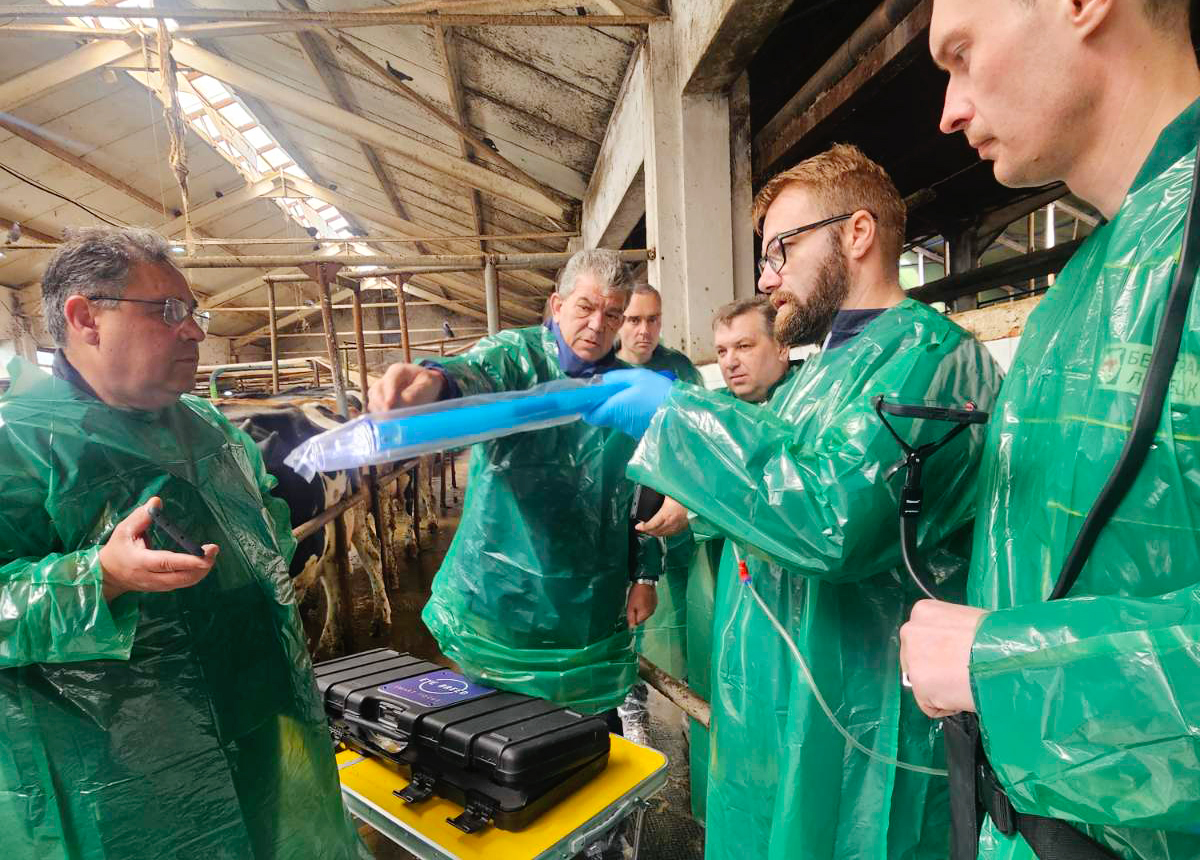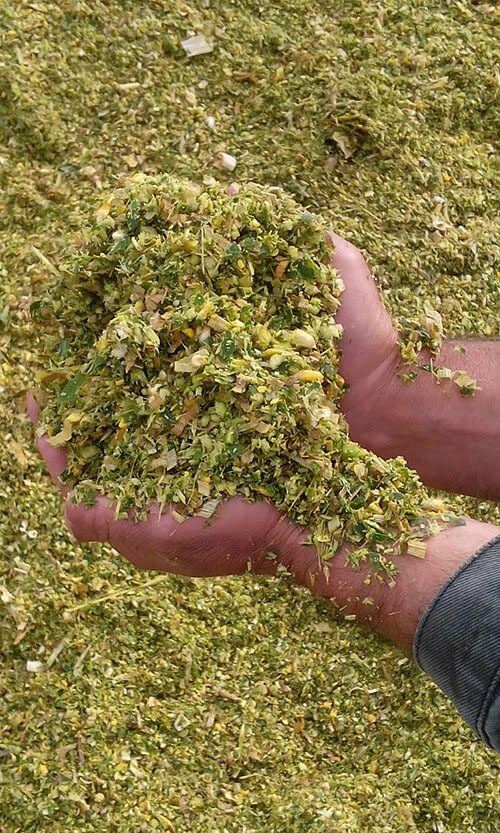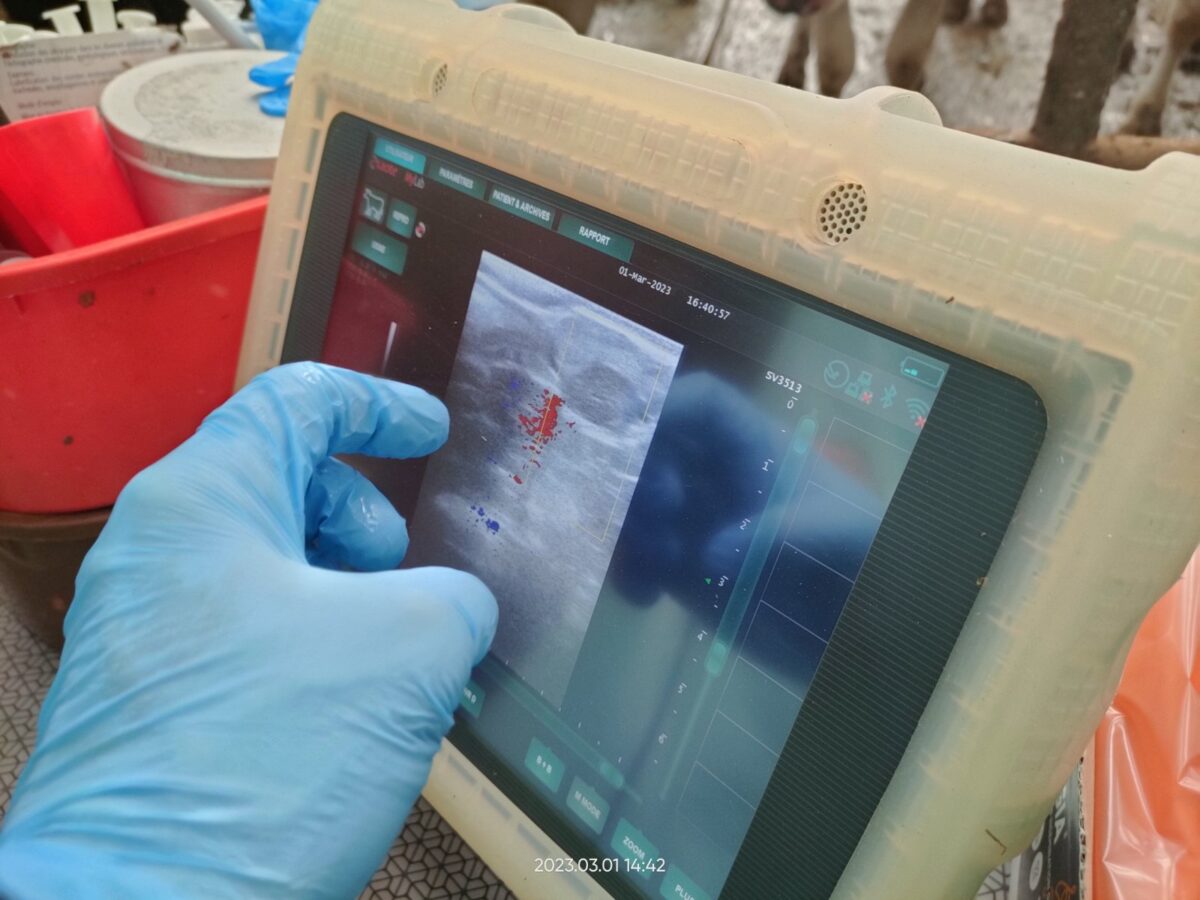Change is inevitable, especially in science-based industries like the dairy industry that strive for progress. This April, one significant change will affect U.S. genetic evaluations across all breeds: the genetic base change.
What is a genetic base?
Genetic evaluations of dairy cattle (such as +1830 PTA Milk or +0.28% Fat) are expressed relative to a base or reference population. The genetic level of that reference population is known as the genetic base. In simpler terms, it’s the benchmark against which bulls, cows and heifers are compared.
Why have a base change?
The base change measures genetic improvement. It quantifies the genetic progress that has been achieved in the dairy cattle population for each trait over the five-year period. It also adjusts genetic evaluations or breeding values to reflect the current genetic level of the dairy population for each breed. In essence, the genetic base change accounts for the accumulated genetic gains since the previous base change, ensuring all animals are compared to a more recent, more relevant cow population. The Council on Dairy Cattle Breeding (CDCB), Holstein Association USA, Inc. (HA-USA) and other respective breed associations organize the base change or shift in reference population.
How often does a base change occur?
In the USA, the genetic base is updated every five years. This routine adjustment allows new evaluations to be easily compared with previous ones, maintaining consistency and accuracy in genetic assessments.
What is the reference population for the new genetic base?
The reference population for the April 2025 base change is cows born in 2020. This means the average Predicted Transmitting Abilities (PTAs) of cows born in 2020 are set to zero, serving as the new reference point. The reference population for the previous genetic base was from cows born in 2015.
Graphic 1. Explaining the base change.
With the April 2025 genetic base change, the PTAs for cows born in 2020 are set to zero and those born in other years are adjusted.
How does the base change affect individual sire evaluations?
The genetic gain for each trait, as shown in Table 1, will be subtracted from the bull’s previous evaluation for that trait. For instance, if a particular Holstein bull had a PTA Milk evaluation of +1772 in December, with the base change his April evaluation for Milk would be adjusted to +1022 (1772 – 750 = 1022). This adjustment reflects the genetic progress made in the population.
It’s important to note that the bull’s PTAs may decrease because it’s now compared to a genetically improved population. The bull hasn’t changed, but the reference population has advanced. This drop in PTA is actually a sign of progress, indicating that the overall genetic merit of the population has improved.
While the genetic gain for individual traits can simply be subtracted from a sire’s proof, indexes or composites are not so straightforward. This is because indexes include various percentages of other traits, and those traits will exhibit differing levels of genetic gain since the last base change. In addition, the formulas for several indexes – such as the ICC™ index and the Lifetime Net Merit $ (NM$) index – are being updated with this sire summary too.
What is the amount of genetic improvement between the previous and new genetic base?
The table below indicates the estimated accumulated genetic gain by breed that occurred between cows born in 2015 and those born in 2020. These values, published by the CDCB, reflect improvements in production, longevity and fertility traits. Estimated base change values for additional traits are available on the CDCB website. Final values will be published soon.
Table 1. Estimated Genetic Gain by Breed Between 2015 and 2020

What are the big takeaways you should be aware of?
The base change shows that genetics for production traits (Milk, Fat and Protein) climbed aggressively over the last five years; in fact, they climbed at record pace. Health and longevity traits posted positive gains along with most fertility traits. Daughter Pregnancy Rate (DPR) for both Holsteins and Jerseys trended in the opposite direction, while conformation traits will also experience their own recalibration. Residual Feed Intake (RFI), a production-neutral expression of feed efficiency with lower values preferred, yielded progress in its first base change.
For the traits shown in the graphs below, genetic progress over the past five years is equivalent to the progress experienced in the prior 10 years. This is a testament to the industry’s advances in genetic selection, technology and breeding strategies.
In conclusion, exciting genetic progress is being made! With the changes and adjustments in genetic values for individual traits, remember the ideal method to achieve genetic progress is through use of a selection index. The beauty in selection based on an index like ICC™ is balanced progress for all traits creating an overall profitable animal.
Need additional information?
Visit the CDCB website to learn more about this routine five-year base change. Also, the National Association of Animal Breeders has supplied a video explaining breeding values and the base change; the video is available on the GENEX YouTube channel for viewing and on the GENEX Distributors SharePoint site for downloading and sharing.







